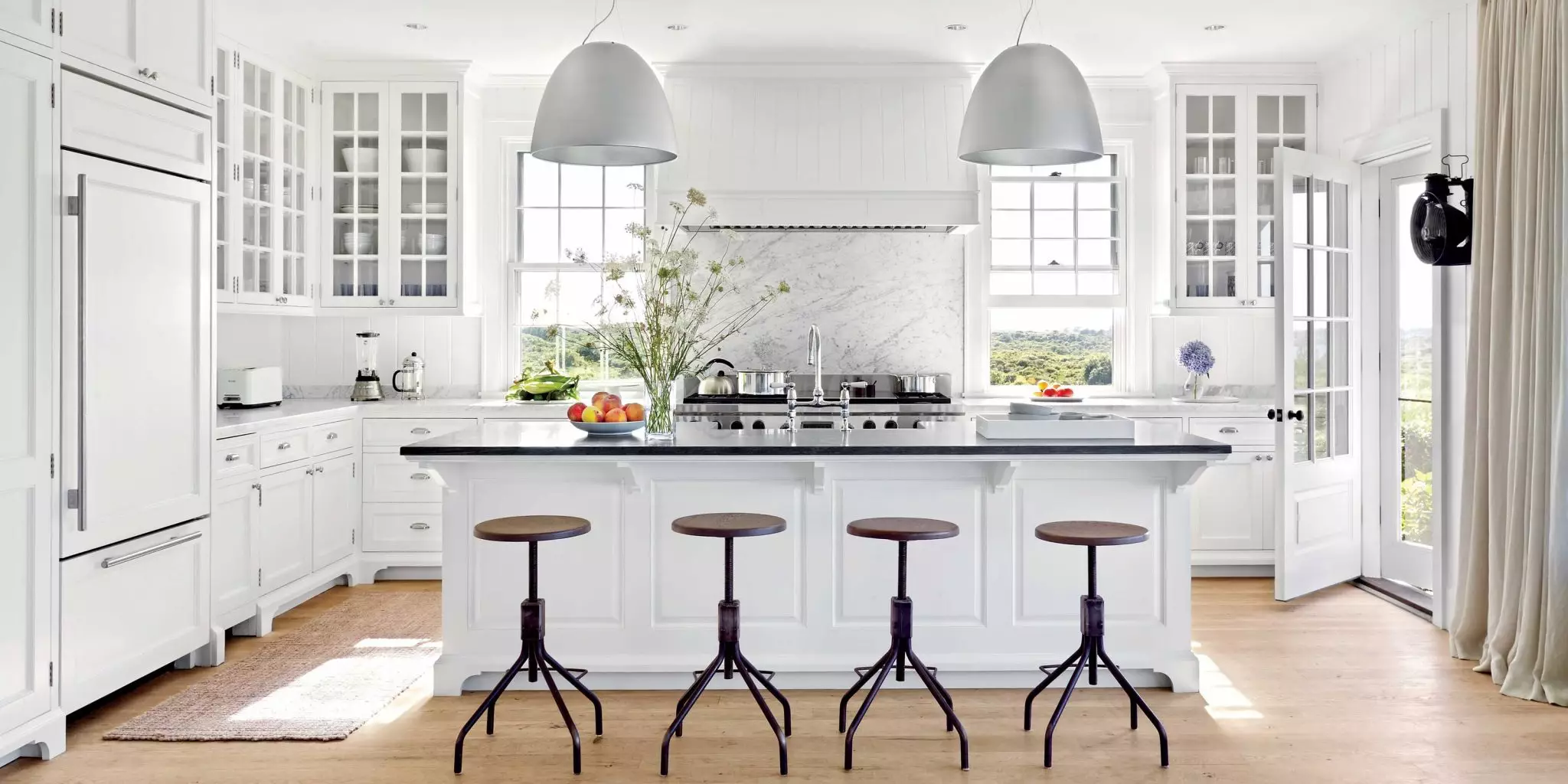Energy efficiency should be an objective for anyone aiming to save money while protecting the environment. There are a few simple steps you can take to make your home more energy-efficient.
First step to improving energy efficiency at home is scheduling a free energy audit with your utility provider. They’ll identify areas where energy loss occurs in your home and recommend cost-effective solutions.
1. Install a programmable thermostat
Thermostats are one of the easiest and cheapest ways to cut energy costs, but only when used properly will they deliver results.
Programmable thermostats allow you to set the temperature at a specific time of day and keep it there for an extended period. Furthermore, they offer the capability of shutting off heating and cooling systems when no one is home.
Saving you money while you sleep, are at work or attending school is made even simpler with an energy saving device like this one that keeps the house comfortable without using more power than necessary. Ideal for homes that remain empty during the daytime hours as it will maintain an ideal temperature without wasting energy resources.
2. Insulate your attic
Insulating your attic is one of the best ways to make your home more energy-efficient, helping prevent heat loss through roof leakage and making life more comfortable year-round.
Insulating your attic is an easy DIY project that will save money over time. A variety of insulation materials is available, including fiberglass rolls and loose-fill cellulose.
Before installing any form of attic insulation, it is vitally important to conduct an exhaustive inspection. Any water damage or compromised areas should be repaired prior to installing insulation – this will help avoid future complications.
3. Install LED or CFL light bulbs
If you want to make your home more energy-efficient, one easy change you can make is switching out traditional light bulbs for LED or CFL models – these types of bulbs use far less electricity and last much longer.
LED bulbs initially cost more, but ultimately save more in terms of money saved over time and energy usage. Plus, their materials don’t release heat into the environment like traditional lightbulbs do.
4. Air-dry your laundry
Air-drying your clothes is an efficient way to reduce energy use in your home, using less power and creating less lint build-up that damages fabric and hastens wear on items.
Air-drying clothes is also an effective way to whiten and disinfect them, thanks to the sun’s UV rays which remove stains while simultaneously decreasing germ counts found in fabrics – protecting them against potential bacteria or mildew growth.
5. Turn off the lights when you’re not in the room
One of the easiest and cost-effective ways to make your home more energy efficient is switching off lights when leaving rooms. Although this may seem like a minor detail at first, even small amounts of electricity add up over time – smart light bulbs that automatically turn on and off can also be installed for convenience; though reducing overall consumption remains key. Education on energy saving measures that can apply directly to your home is key.
6. Replace your old appliances
Upgrading to energy-efficient appliances can make life in your home more comfortable and reduce pollution by consuming less energy, thus helping to lower pollution levels.
Old appliances can make living in your home difficult, particularly if they don’t perform to your expectations or leak toxic chemicals into the air.
If you are replacing old appliances, recycling may be the more eco-friendly choice.




